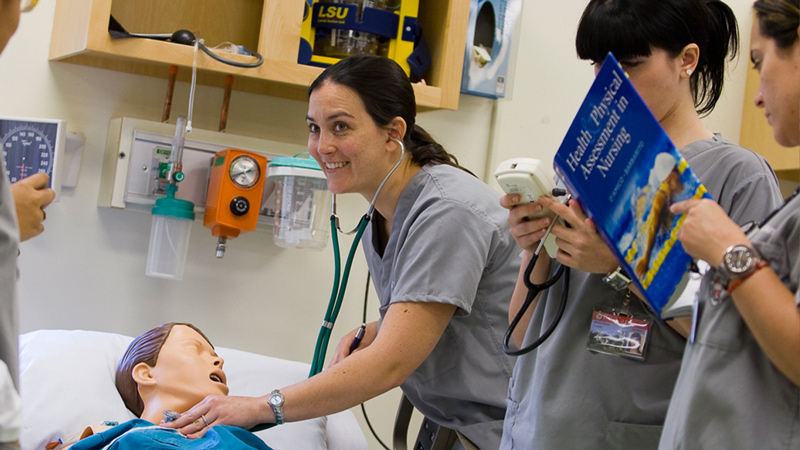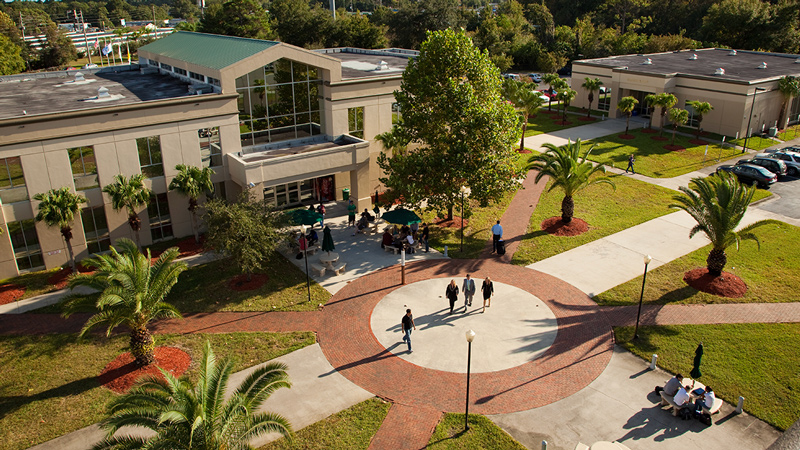Your work focuses on theoretical elementary particle physics. For nonscientists, that’s a mouthful. Can you explain?
I am a theoretical particle physicist, curious about how the world works at the most fundamental level. I construct mathematical models of elementary particles, which can explain the outstanding mysteries and puzzles in modern physics. Questions like: What is dark matter, the invisible substance making up most of each galaxy? And why we are made of matter and not antimatter, although the two should have been produced in equal amounts in the Big Bang?
Recently, I started working on gravitational wave physics—what some call ripples in the space-time continuum as a result of massive events in the universe like mergers of black holes. I am investigating how to use current and future gravitational wave detectors to learn about the physics of the very early universe, for example, what happened just after the Big Bang. Specifically, I am studying the possibility that the universe underwent a first order phase transition—an event analogous to overcooled water turning into ice—which would have produced a gravitational wave that is measurable today. My research is supported by an external grant awarded by the National Science Foundation for the project Searching for the Dark Side of the Universe with Gravitational Waves.
How did the idea for this research come about?
The recent discovery of gravitational waves by the Laser Interferometer Gravitational-Wave Observatory (LIGO) opened the door to entirely new opportunities for probing unexplored avenues in physics and astronomy. Gravitational wave detectors, in addition to observing signals from astrophysical phenomena such as black holes and neutron star mergers, have unique capabilities of detecting the imprints of cosmic events that happened right after the Big Bang, when the entire observable universe, consisting now of roughly 100 billion galaxies, each with 100 billion stars, was squeezed to a volume smaller than the size of a basketball.
It turns out that the physics governing such an early universe is the same physics that we observe in elementary particle experiments today, so this research nicely connects to the theoretical particle physics research I have been conducting over the past 15 years. More importantly, they provide access to regions of parameter space of particle physics theories completely inaccessible in other types of experiments.
Why is this research important?
The standard model of elementary particles and cosmology describes remarkably well the evolution of the Universe starting from one-trillionth of a second after the Big Bang (which itself took place nearly 14 billion years ago) up to the present day. The standard model is essentially our best guess at what took place based on the tools and equations we have today. Despite this huge success, several fundamental questions remain unanswered: What is dark matter? Why is there more matter than antimatter? Solving those mysteries requires an understanding of what happened one trillionth of a second after the Big Bang.
The tool enabling us to dive this far back into the universe’s history has only recently been provided by the first successful detection of gravitational waves. A primordial stochastic gravitational wave background—in short, a detectable gravitational wave signal from the beginning of time—although not yet discovered, is expected to carry information precisely about the very early period of the universe and is being actively searched for by the LIGO collaboration.
The aim of my research is to construct and investigate extensions of the standard model, which could solve the outstanding problems in particle physics. This research encapsulates the essence of our quest to discover the truth about the universe. It is deeply rooted in the knowledge gathered thus far via observation and theoretical reasoning and aims to extend this knowledge to unknown territories of human exploration. The new particle physics models considered are hypothetical, but their predictions will be verifiable in current and upcoming gravitational wave experiments.





















